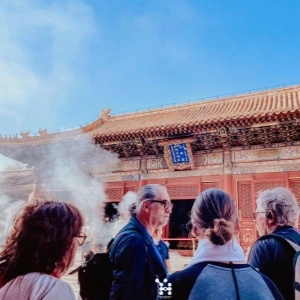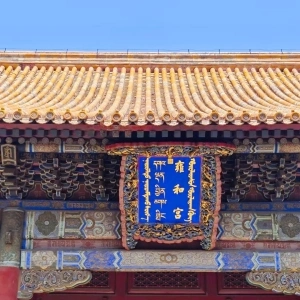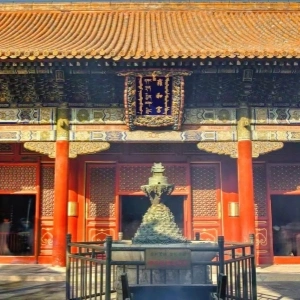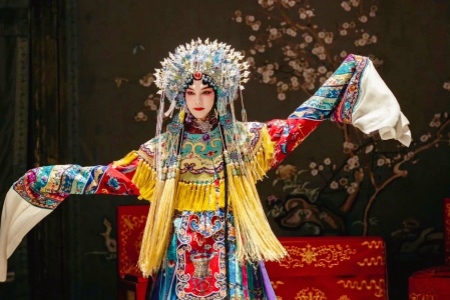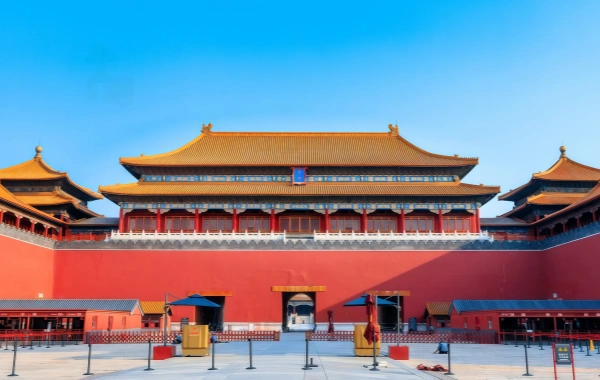The Rich Tapestry of Chinese Tea Culture
Nestled in the annals of Chinese history and tradition, tea culture stands as a towering edifice, embodying centuries of wisdom, artistry, and philosophy. From the misty mountains of Fujian to the lush valleys of Yunnan, China has nurtured a love affair with tea that transcends mere beverage consumption, evolving into a profound way of life. This article delves into the intricate tapestry of Chinese tea culture, exploring its origins, types, brewing rituals, and the profound impact it has had on society.
Origins of Chinese Tea Culture
The story of Chinese tea culture begins with the legendary discovery of tea by Emperor Shen Nong, the mythical founder of Chinese agriculture and medicine. According to ancient texts, Shen Nong, while boiling water in a pot, noticed leaves from a nearby bush falling into the water, infusing it with a delightful aroma and flavor. Thus, tea was born, and its journey as a beloved beverage commenced.
Over time, tea became an integral part of Chinese life, evolving from a medicinal elixir to a staple of daily life. During the Tang Dynasty (618-907 CE), tea drinking reached new heights, with the emergence of tea houses, tea ceremonies, and the refinement of tea-making techniques. The Song Dynasty (960-1279 CE) further solidified tea's cultural status, introducing the art of tea whisking and the use of exquisite porcelain teaware.
Types of Chinese Tea
Chinese tea culture boasts a diverse array of tea types, each with its unique flavor profile, aroma, and brewing methods. The six major categories are:
Green Tea: The most popular type, characterized by its fresh, grassy notes and light color. Famous varieties include Longjing (Dragon Well), Bi Luo Chun, and Maojian.
Oolong Tea (Wu Long): Semi-fermented tea known for its floral, fruity, or woody flavors and its complex aroma. Examples include Tie Guan Yin and Da Hong Pao.
Black Tea (Hong Cha): Fully fermented tea with a rich, full-bodied taste and deep red color. It's often enjoyed with milk and sugar in Western cultures but is savored pure in China.
White Tea: The most delicate and least processed of all teas, featuring a subtle sweetness and light color. Silver Needle and Bai Mu Dan are popular varieties.
Yellow Tea: A rare and traditional type of tea that undergoes a unique yellowing process, producing a mild, sweet flavor. Huang Shan Mao Feng is a well-known example.
Pu'er Tea: A type of fermented tea, often aged for years or decades, resulting in a complex, earthy flavor. It's renowned for its health benefits.
If you want to know more about Chinese tea culture and itineraries, please contact us. Popular Tour Packages:
2-Day Hangzhou and Suzhou Watertown Tour
Brewing Rituals
Chinese tea culture places great emphasis on the brewing process, which is often a meditative and ceremonial affair. The ritual begins with selecting the appropriate teaware, typically porcelain or purple clay teapots and cups, which enhance the tea's flavor and aroma. Water quality is also crucial, with pure spring water or filtered water preferred.
The amount of tea leaves used, the water temperature, and the brewing time are all carefully controlled to bring out the best in each tea type. For instance, green teas are brewed at lower temperatures for shorter periods to preserve their delicate flavors, while oolong teas are steeped at higher temperatures and for longer durations to allow their complex flavors to develop.
The Impact of Tea Culture
Beyond its sensory pleasures, Chinese tea culture has had a profound impact on society. It has fostered a sense of community, with tea houses serving as gathering places for friends, families, and business associates. Tea ceremonies have become an integral part of Chinese weddings, funerals, and other life milestones, symbolizing respect, hospitality, and harmony.
Moreover, tea culture has contributed significantly to the development of Chinese art, literature, and philosophy. Poets have waxed lyrical about tea's virtues, painters have immortalized tea-making scenes on silk and paper, and philosophers have drawn parallels between the art of tea and the art of living.
Conclusion
Chinese tea culture is a vibrant and multifaceted expression of the Chinese people's love for nature, harmony, and aesthetics. It has endured through the ages, adapting to changing times while preserving its core values and traditions. As one sips a cup of fragrant tea, one can taste not just the flavors of the leaves but also the rich tapestry of Chinese history, culture, and wisdom.
Related Posts
Create Your Customized Trip
Take about 2 minutes to fill the form to tell us how you like to travel, and get a reply within 1 working day.




